An Iranian citizen journalist, who writes under a pseudonym to protect his identity, wrote the following article on the ground inside Iran.
A day before the “implementation day,” when the nuclear deal came into effect and international sanctions were lifted, the stock market in Tehran went into overdrive, breaking records.
However, one day later, Tehran’s currency market was curiously inactive.
Strolling through what is known as the “currency district,” a neighborhood south of Ferdowsi Square in central Tehran, it is clear that foreign currency prices are not going down any time soon. In fact, in the days that followed the announcement that sanctions had been lifted, the value of the US dollar was even more expensive than it had been before the announcement. On Saturday, January 16, a dollar sold for 3,590 tomans (35,900 rials); but by noon the next day, it traded for 3,630 tomans (36,300).
People trying to buy and sell currency flock to the neighborhood, shouting out “dollar,” “euro,” “pound,” and so on. Sometimes the streets are packed with currency dealers, and sometimes they are harder to find. But on Saturday, January 16, there were more sellers than usual. Vendors, worrying that prices would drop, tried to protect as much of their capital as they could as quickly as possible.
Then, on Sunday, the picture changed. The street was awash with buyers — but sellers were scarce.
Judging by this, it would appear that neither the lifting of sanctions by the United States and the European Union nor the normalization of banking transactions between Iran and the world has made much of a difference in currency prices in Tehran.
“The dollar is exactly 40 tomans more expensive than it was yesterday,” a currency trader told me. “I believe that this reaction to the lifting of sanctions explains the realities of the Iranian economy much better than the optimism expressed by government officials and their promises.”
I asked another trader about why the currency prices have not come down, and why so many people are trying hard to buy dollars. “Those active in this market know that on a day like today, those who have currency might want to sell because they are worried that the prices will go down. But the indications are that under the current conditions, currency prices will remain the same, or even increase,” the vendor said. “That’s why traders think this is an excellent chance to buy currency and make a profit.”
Following the implementation of the nuclear deal and the lifting of sanctions, most ordinary Iranians expected that currency prices would revert to the levels seen before sanctions. For example, in 2012, prior to the sharp drop in the price of Iranian currency, a US dollar was sold for around 1200 tomans (12,000 rials). But in the months that followed, the price increased at a continuous rate, until it reached 3,800 tomans (38,000 rials)
For a short period of time in 2013, the price of a dollar came down to 3,200 tomans (32,000 rials), but then later reversed course and went up again. Over the past couple of months, it has increased from 3,500 tomans (35,000 rials) to around 3,700 tomans (37,000 rials).
So while many expected that the lifting of sanctions would lead to a downward trend in currency prices, independent experts believe that under current macro-economic conditions — at a time of recession and as oil prices continue to fall — a decline in currency prices will actually hurt the economy.
And the government is not unenthusiastic about a decline in currency prices because it will mean less income from petroleum exports and other commodities.
So it seems clear that the expectations of ordinary Iranians have been proven wrong. Even after all the sanctions are lifted, currency prices are likely to go up, not down.
Ramin Salemi, Citizen Journalist, Tehran
Related articles:
What Does The Deal Mean for Iran's Economy?
Sanctions: When Business is Good
Iran Sanctions Have Cost the U.S. $175 Billion
What the lifting of sanctions means to me: 10 ordinary Iranians speak out
visit the accountability section
In this section of Iran Wire, you can contact the officials and launch your campaign for various problems





















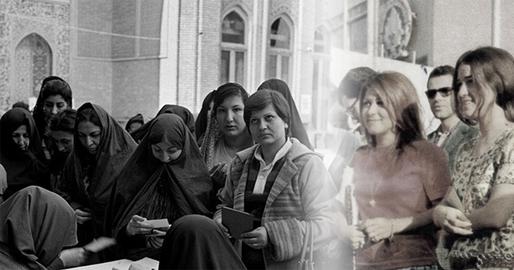

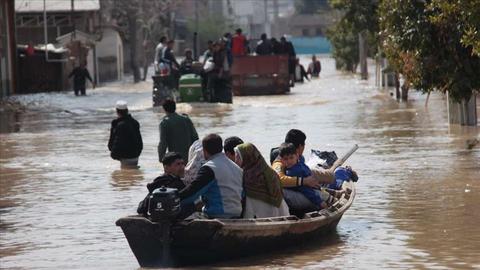
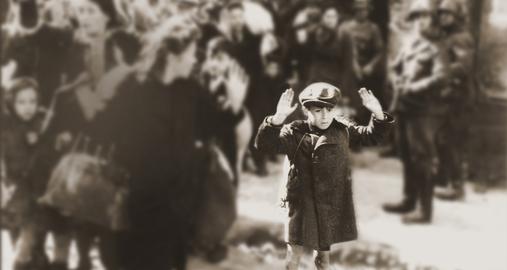
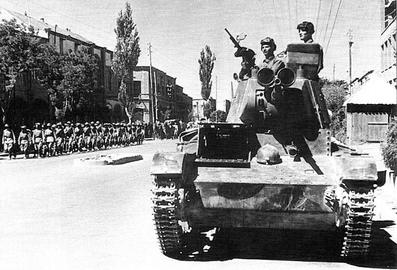
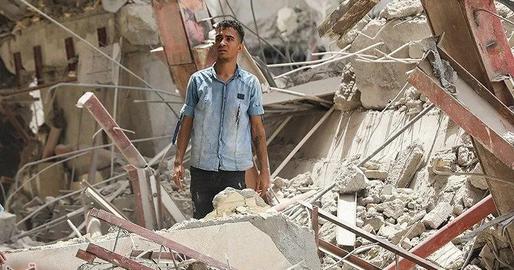





comments